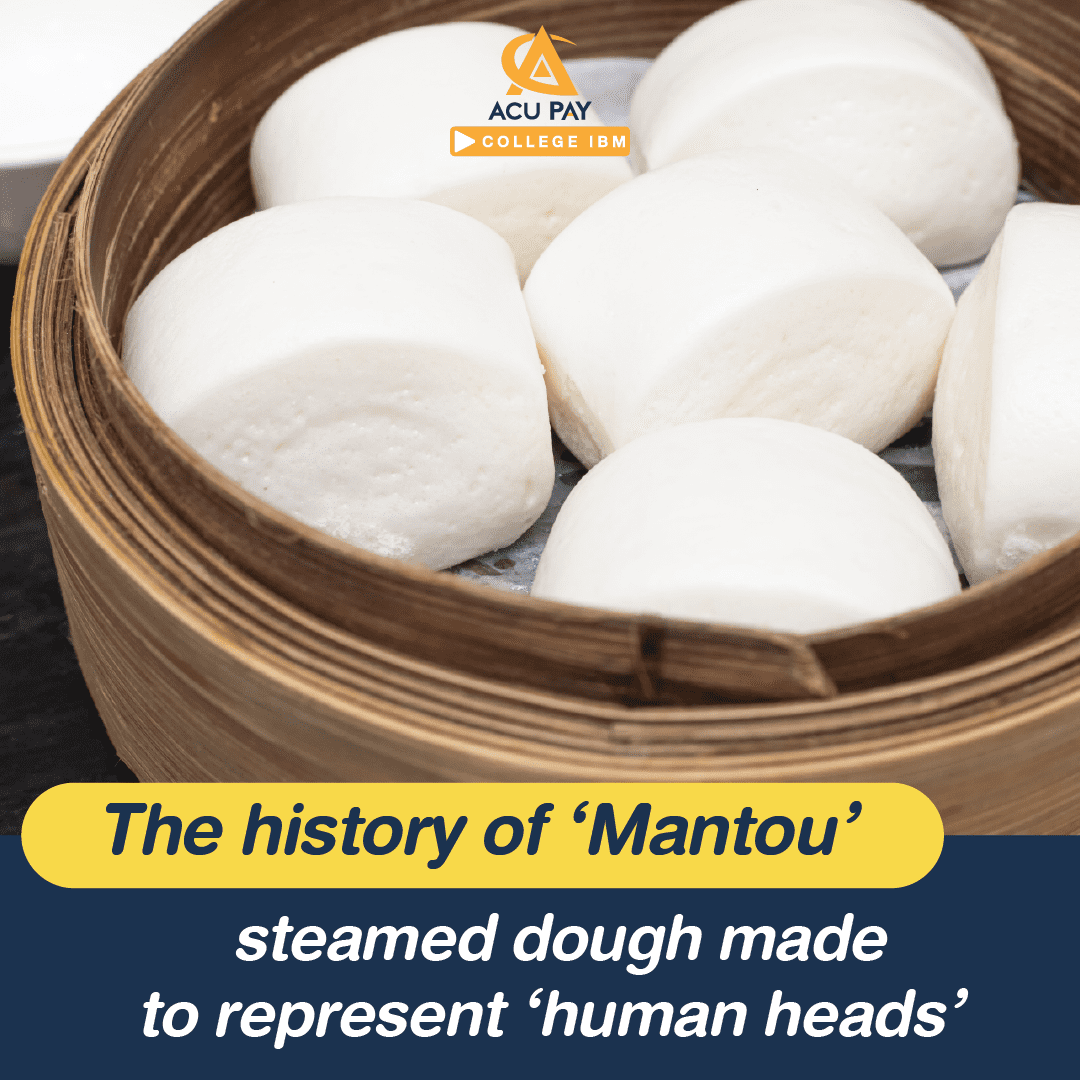

Did you know the origin of the tea you drink no matter Bubble Milk Tea, Thai Tea or green Tea? Do you know where it comes from and why it is called Cha in some areas and Tea in other areas? Today, ACUPay will introduce you to the history of tea, especially Chinese tea and its type at present. Take a sip of tea and let’s delve into the history of Tea!
The oldest saying was born in 2,737 BC by an emperor or god named “Shennong” (or Shen Nung). One day Shennong was sitting under a tree, and he had his servants boil water and then the leaves of the tree were fluttering down into his cup. With the Emperor’s wisdom about herbs, he decided to try drinking the flavored water of that leaf. The leaves come from Camellia sinensis, which is a tea tree used in tea making until now.
There is archaeological evidence that tea trees have been planted in China since 6,000 years ago, but previously, the Chinese consumed tea leaves as ingredients in food either eating as vegetables or boiling them with porridge. There is also important evidence in writing about tea, which is a Classic Tea Literature called “Cha Ching”. It is a textbook about the origin of tea, tea cultivation, tea production, tea quality, tea-drinking methods, tea-making equipment, and tea-making customs and it is the first book in world history.
The discovery of tea-making processes has led to a unique tea-drinking culture in China. Even artists in various fields used it in developing their art. For example, Lao Tzu, an important Chinese philosopher, described tea as a foam of flowing jade and an indispensable ingredient in the elixir of life.
Tea culture spread throughout the kingdom during the mid-8th century in the Tang Dynasty and spread through East Asia, including Korea, Japan, and Vietnam. After that, tea began to spread throughout Europe and became known in the late 16th century.
If you take a good look at it, there are only two types of tea names in this world which are “cha” and “te”, both of which originate from the same Chinese language but it is just read differently in each region.
‘Cha’ comes from Cantonese pronunciation used in Guangzhou in commercial areas such as Hong Kong and Macau, which have trade with the Portuguese. The Portuguese spread this word to India during the 16th century, and Thailand was influenced later as well.
‘Te’ comes from the Hokkien accent. It is used in the port regions of Xiamen and Quanzhou that have to contact the Western Europeans as well as the Dutch. This word was published in colonial lands such as the Java, the Malay, and then the Dutch spread this word to Western Europe until it became the English term “tea”.
Currently, each type of tea depends on the species, the method of storage and processing. 5 types of tea are popular to drink:
1.Green Tea
It is made from green tea leaves and steamed to maintain freshness. The process of producing green tea in Chinese style and Japanese style is different, such as grinding tea leaves into a powder called “Mǒchá” or Matcha powder as we know it today.
2.Oolong Tea
It is also made from green tea leaves but after steaming, it will be fermented again which makes it taste a little bitter.
3.White Tea
expensive tea because it can only be harvested twice a year. The tea leaves are covered with thin white hair. After harvesting, it will be dried quickly to keep the tea leaves fresh. The tea leaves have a soft fragrance.
4.Black Tea
It is made from dried tea leaves that are completely drained and fermented into orange or red. It is the most popular tea known as “western tea” such as the popular menu “Thai tea” or “bubble milk tea” also comes from black tea.
5.Flavored tea, fruit tea, and herbal tea
Black tea is often added to the scent of fruits or flowers and sometimes sugar, or tea made from 100% fruit and dried flowers such as kake chrysanthemum, roselle, and lemon grass.